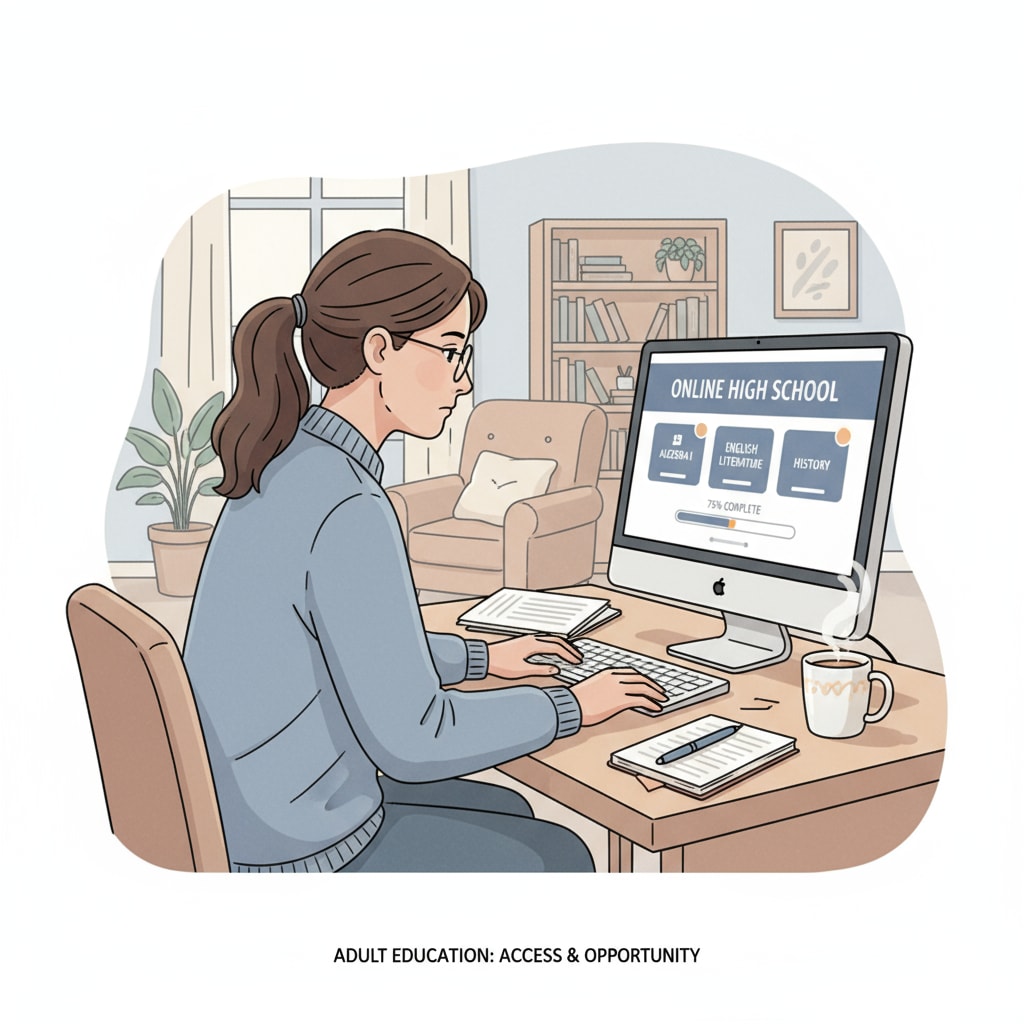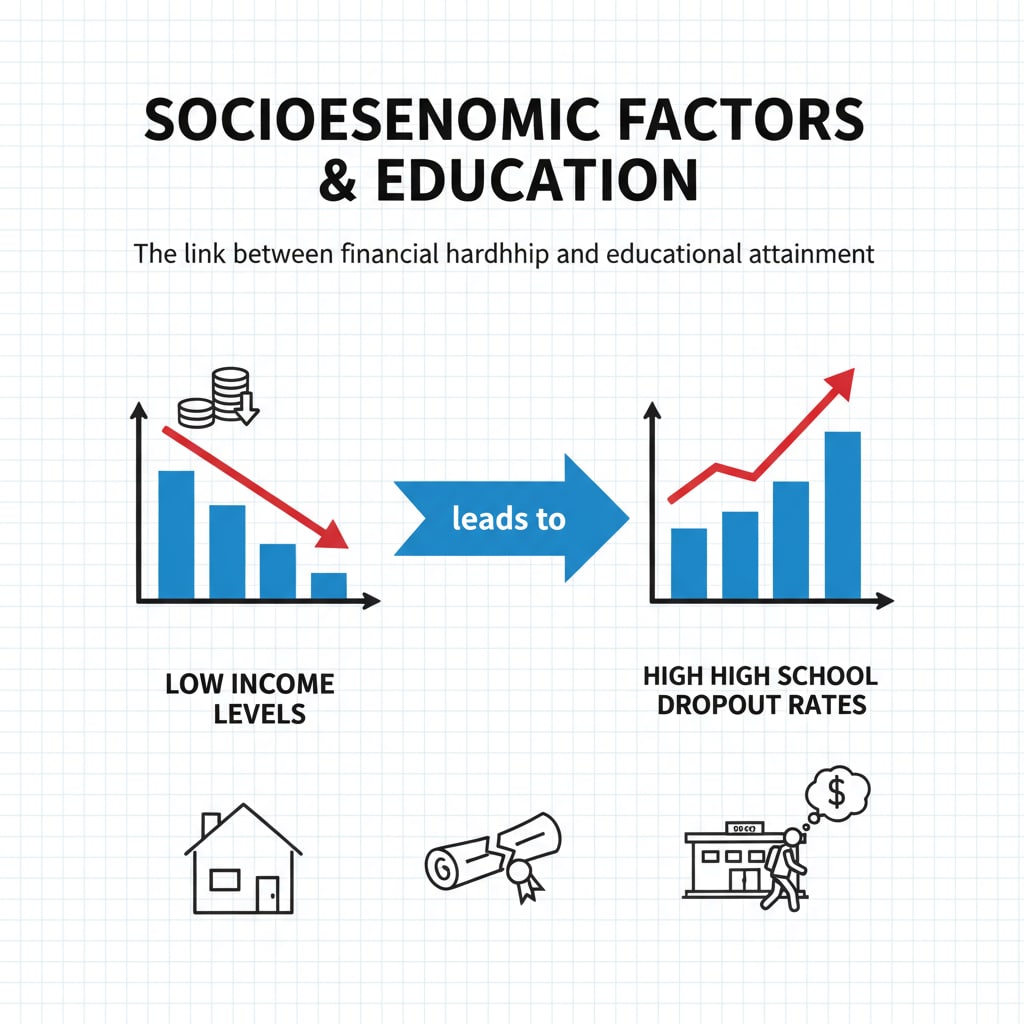Online high school has emerged as a crucial option for low-income adults who are high school dropouts looking to obtain their GED. In today’s world, where education is the key to unlocking better opportunities, these individuals often face significant challenges.

However, with the right online educational choices, they can overcome these hurdles and pursue their dreams.
The Struggles of Low-Income High School Dropouts
Low-income adults who dropped out of high school typically encounter multiple difficulties. Financial constraints often prevent them from enrolling in traditional educational institutions. They may have to work long hours to make ends meet, leaving little time for attending classes on campus. Additionally, family responsibilities can further complicate their situation. For example, they might need to take care of children or elderly family members, making it nearly impossible to follow a regular school schedule. According to National Center for Education Statistics, a significant number of high school dropouts come from low-income families.

The Limitations of the Traditional GED Test
The General Educational Development (GED) test has long been a popular option for high school dropouts. However, it has its limitations. The GED is a standardized exam that assesses basic skills in areas like math, science, social studies, and language arts. While it can demonstrate a certain level of knowledge, it may not provide the in-depth education that a full high school curriculum offers. Moreover, the test format can be challenging for some individuals, especially those who struggle with standardized testing. As a result, many low-income adults find it difficult to pass the GED on the first try. GED official website provides more information about the test structure and requirements.
Alternative Online High School Options
Thankfully, there are several alternative online high school options available for low-income adults. Some online schools offer flexible payment plans, allowing students to pay in installments. Others provide scholarships or financial aid specifically designed for low-income individuals. These schools often have asynchronous learning models, which means students can study at their own pace, at any time of the day or night. This flexibility is ideal for those with busy schedules. For instance, some online high schools offer courses that can be completed in as little as six months, while others provide a more comprehensive two-year program.
Readability guidance: We’ve used short paragraphs to clearly present each idea. The lists help summarize key points. We’ve also kept the passive语态 to a minimum and used transition words like ‘however’, ‘additionally’, ‘for example’, and ‘as a result’ to make the flow smooth.


